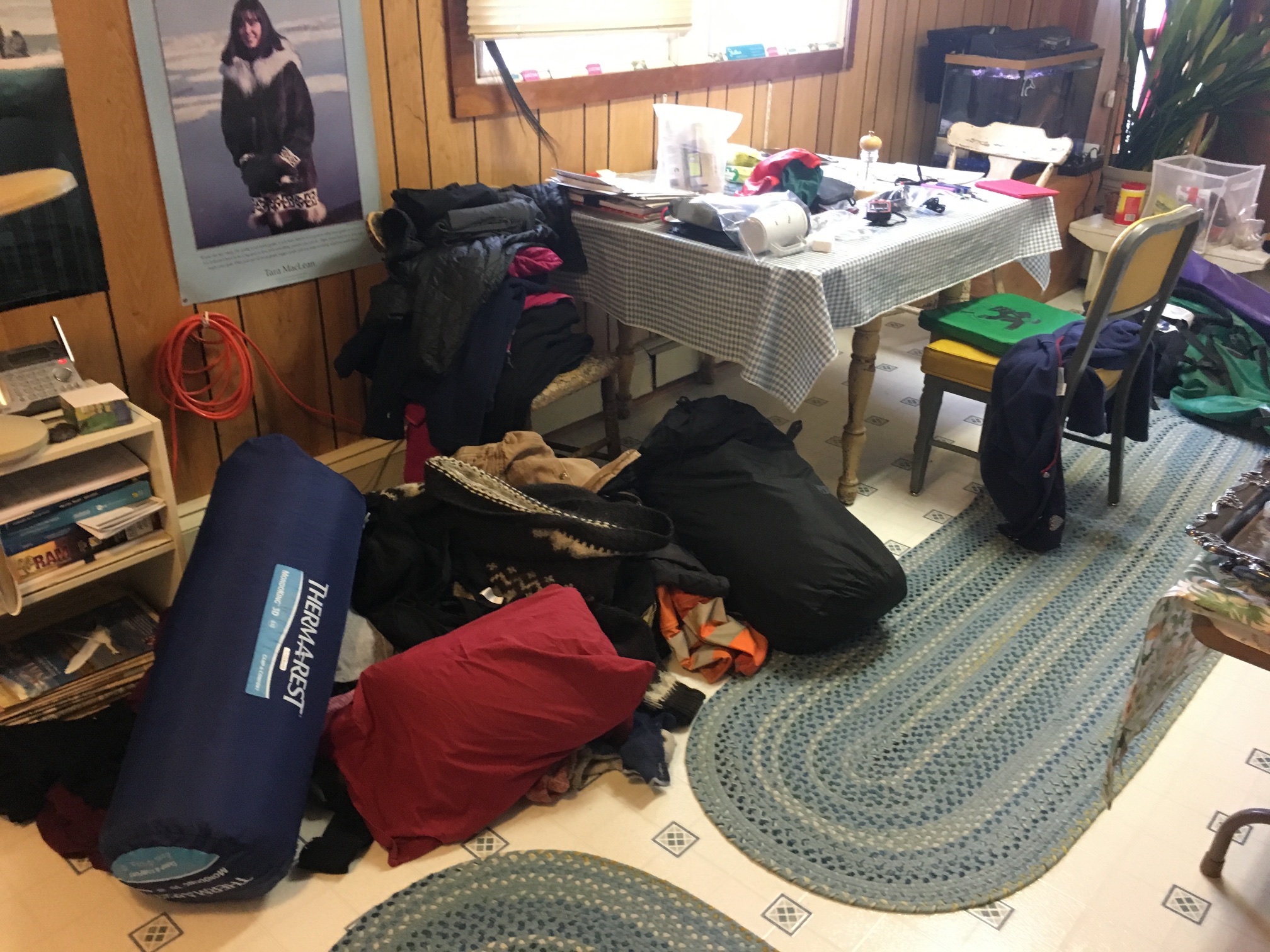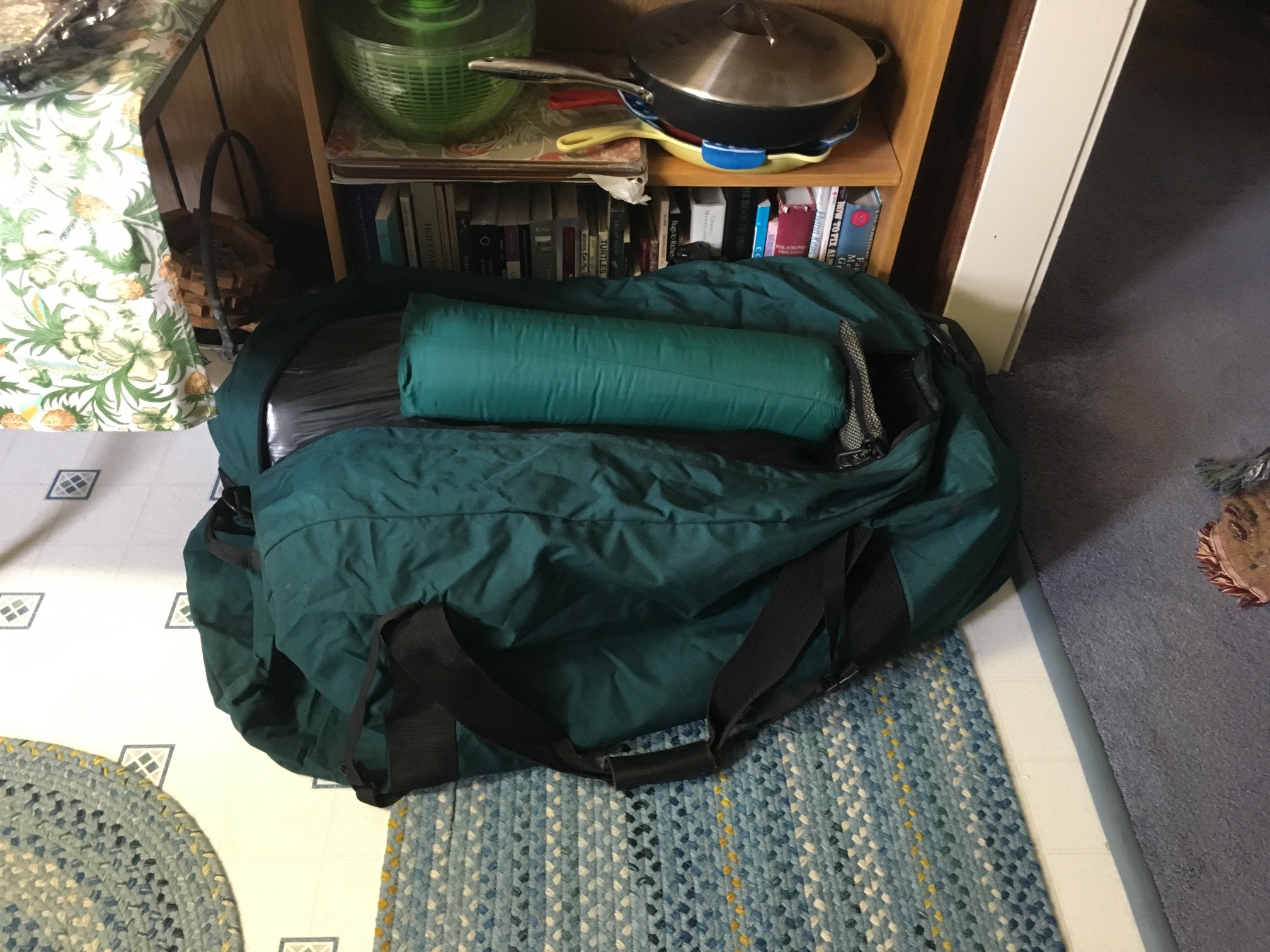Clay! The ceramics on the North Slope, especially the more recent ones, are not high quality, but that seems to be because they were not fully fired, perhaps to conserve fuel.

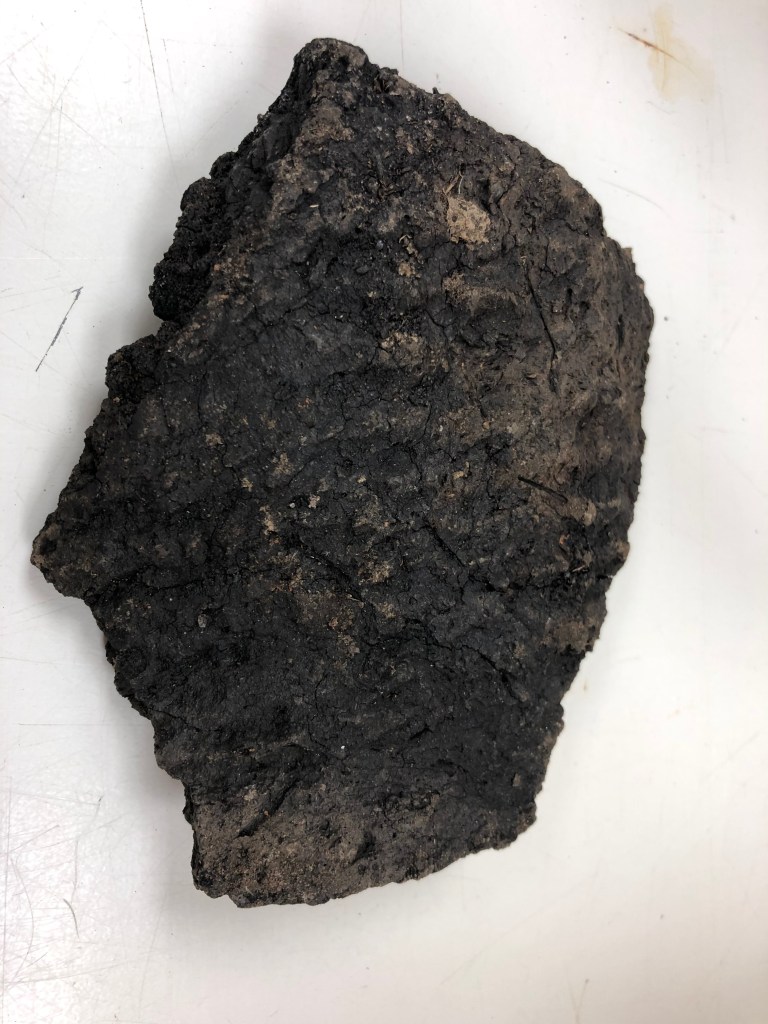
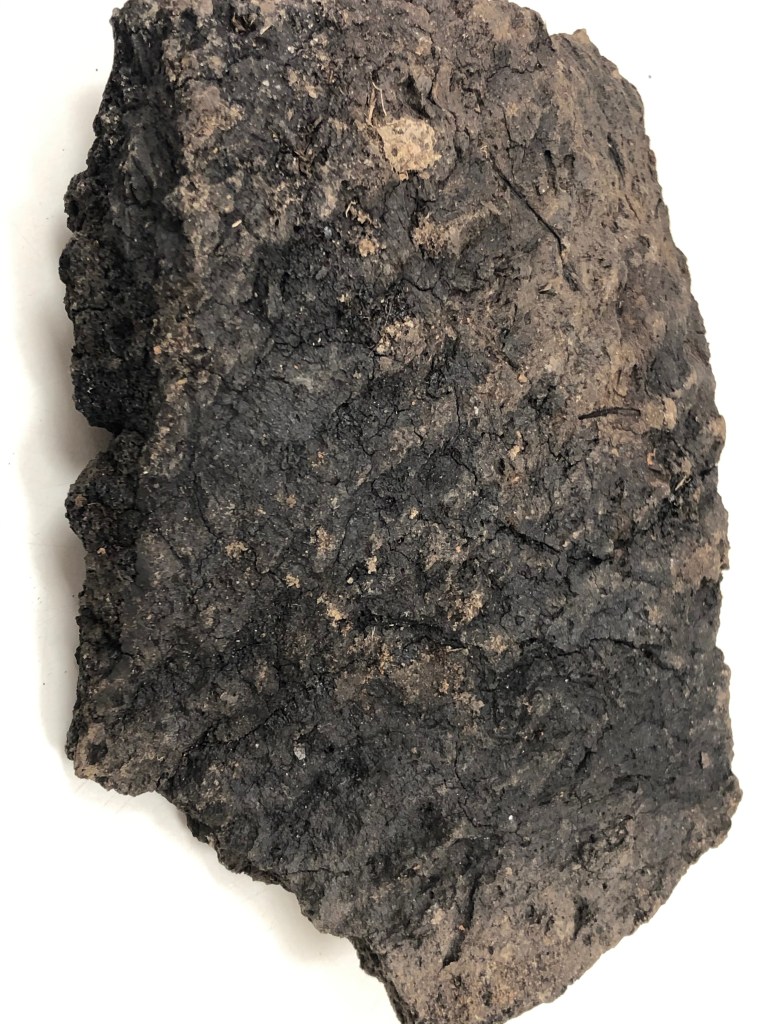
Clay! The ceramics on the North Slope, especially the more recent ones, are not high quality, but that seems to be because they were not fully fired, perhaps to conserve fuel.



Six days ago I opened my computer to be greeted by news of Dennis Stanford’s passing. Dennis was a giant in North American archaeology. Before he went to the Smithsonian and became famous, he was a graduate student. His dissertation was based on his excavations at none other than Walakpa, covered in one of his books.

I can’t remember when I first met Dennis, but it was in the late 1970s or early 1980s. I remember hearing about the elephant butchery experiment from folks who had been lucky enough to play a small part. As someone who was involved in Arctic archaeology, I was aware of his work at Walakpa, but never really thought about working there. When I first started working in North Alaska, I bought a copy of the Walakpa monograph, which turned out have once belonged to Chief Justice Warren Burger, of all people. It was for reference when I was writing about other sites.
Then in 2013 the Walakpa site started eroding. We started salvage work there. Based on the Walakpa volume, I was able to tie our site grid into the grid Dennis had established in the 1960s. I contacted Dennis, and he was kind enough to share copies of the field notes (still sorted by which chapter of his dissertation they related to), and was always willing to answer any questions I had that weren’t covered in the notes. We planned on getting him to come to Walakpa when we had an excavation open, but we didn’t manage that before his health problems started. We talked about it the last time I saw him in person. I’m sorry that will never happen now. I think he would have enjoyed it.
A group of us have been working on an article on climate change and the effects it is having on archaeological sites and the cultural heritage and environmental information they contain. It has finally been published in the journal Antiquity. It is open access, so you can read it here. Local sites, especially Walakpa, make an appearance.
It’s been a while since I’ve managed to post. Lots has been going on, some of it only tangentially related related to archaeology. I started the year with a partial right knee replacement, which led to lots of PT. It turned out I had a loose piece of bone the size of an acorn floating around in my knee, according to my surgeon. Getting that out was a huge improvement, but I had to do a lot of PT to get to a point where I can kneel if necessary for excavation. I’ve got about 0-132° range of motion, so I can kneel now, although it isn’t pleasant to do it for a long time.
A few weeks later, I gave a paper at the Alaska Marine Science Symposium in Anchorage. I was able to talk about Patou the mummified seal and the long-headed bear, to an audience largely composed of oceanographers, marine biologists and the like. It was a great venue to raise awareness of the potential for archaeology to add time depth to research in other disciplines. Unfortunately, I had to spend most of the meeting in my hotel room icing my knee, so I missed a lot of the other papers.
After that, there were the Alaska Anthropological Association meetings in Anchorage, where I organized a session on Accelerating Environmental Change Threats to Alaskan Cultural Heritage: Emerging Challenges and Promising Responses, which involved both papers and an open discussion. I gave a paper in that session and one on Walakpa in a session on Alaskan coastal archaeology.
Next up was the Society for American Archaeology meetings in Washington DC. I took over as chair of the Committee on Climate Change Strategies and Archaeological Resources (CCSAR). I gave a paper, in the “Burning Libraries” session sponsored by CCSAR, and was also a discussant for a session on climate and cultural heritage.
Once I get the PowerPoints properly annotated I’ll put them up on-line.
A month ago, I also had retinal and cataract surgery, to resolve a retinal pucker that was blurring and warping the center of my visual field in my right eye. The surgeon says my vision should improve over several months, but it already has improved considerably, since lines now look straight to my right eye! I just had a one month followup visit and the doctor said I now have a foveal pit (which you are supposed to have, but which had been absent pre-surgery). Anyway, I can see much better.
I’ve also been working on a whole bunch of articles, some coauthored with various colleagues and some that I am sole author on. I’ve also been working on several proposals. All that made for more than enough writing, which perhaps explains the silence here.
I’m going to be spending a good part of the summer in the community of Kaktovik monitoring the remediation of the old Air Force hangar, which contained some materials now known to be hazardous. They are being removed as part of the demolition process, and even some of the soil around and under the hangar will be taken away. That’s where I come in, since the hangar was built before most cultural resources protections were in place, and there is a chance that it was built on top of an old site. Most likely there will be nothing archaeological there, but at least if there is we should be able to identify it and deal with it properly.
I had hoped to be able to get back out to Walakpa this summer, but that is not looking too promising. The Kaktovik project falls right into the period when volunteers are available. Plus the schedule is ever-changing as the remediation progresses. It might not have worked anyway, since we had a VERY snowy winter, followed by a chilly spring. As a result, the site is still covered in lots of snow. People who have been down recently say nothing of our excavation can be seen due to deep snow, and they can’t tell if the site was damaged by the big fall storm that resulted in a disaster declaration for Utqiaġvik (Barrow). At the rate things are going, if we were planning a field season, we might wind up stuck in the lab for half of it.
Archaeology is, in some respects, a dirty business. We excavate things out of the dirt, and, in the process, we can get pretty dirty ourselves. If we are camping, showers and laundry are rare events. Walakpa is pretty sandy, so …
This past week, the remaining crew have been working to get equipment cleaned & stored. We dried several tents, dried and hung up jackets, dried and got the sand off a lot of equipment, and sorted the remaining food. We were going to donate it to the common pool, but there were already 8 bottles of mustard in the refrigerator, so we’ll store that for next year.
I’ve been working on both project equipment and my personal gear. My dishwasher is full of coffeepots & plates, which will get stored for the winter. I’ve washed the tent and blanket Garrett Knudsen was kind enough to leave, which was used by several other crew members, and will be mailing it on Monday, along with a few souvenirs that crew members didn’t manage to pack. I’ve also washed a pile of assorted gloves. I’ve still got a UICS sleeping bag to wash and dry, and some down jackets to drop off at the dry cleaner.
I have been washing field clothes since I got home. I spent the weekend washing and drying two sleeping bags (one that I used, and a spare that one of the crew members used, cleaning and packing two Thermarests (ditto), and washing and renewing the waterproofing on my tent & fly. I’ve still got to rewash the chairs I loaned the project. The crew power washed the crushed mosquitos off them, but they wound up muddy, so I’ve got to wash them again.


We got into town late last Thursday. The field season went pretty well, after a slow start due to ice preventing us from getting out. We lost a few days to major storms, but we had a great crew and accomplished a lot.
Breaking camp was a bit of a challenge, since we were down to seven people in the field. The big boat was scheduled to arrive at 9AM, so we broke everything down the day before except for the mess tent and the latrine, plus our sleeping tents. Then we got up at 6 AM and took down all the sleeping tents, and started ferrying gear to the beach with the ATV & trailer.
It turned out the boat ramp wasn’t in the water back in town, so the boat didn’t make it until nearly 1PM, after having to launch into Elson Lagoon and go around Point Barrow. It was a cold morning, and once we had stuff packed, it was hard to stay warm, especially since we’d dressed for hard work and packed up everything else. At one point, several of the crew were napping in a ditch.
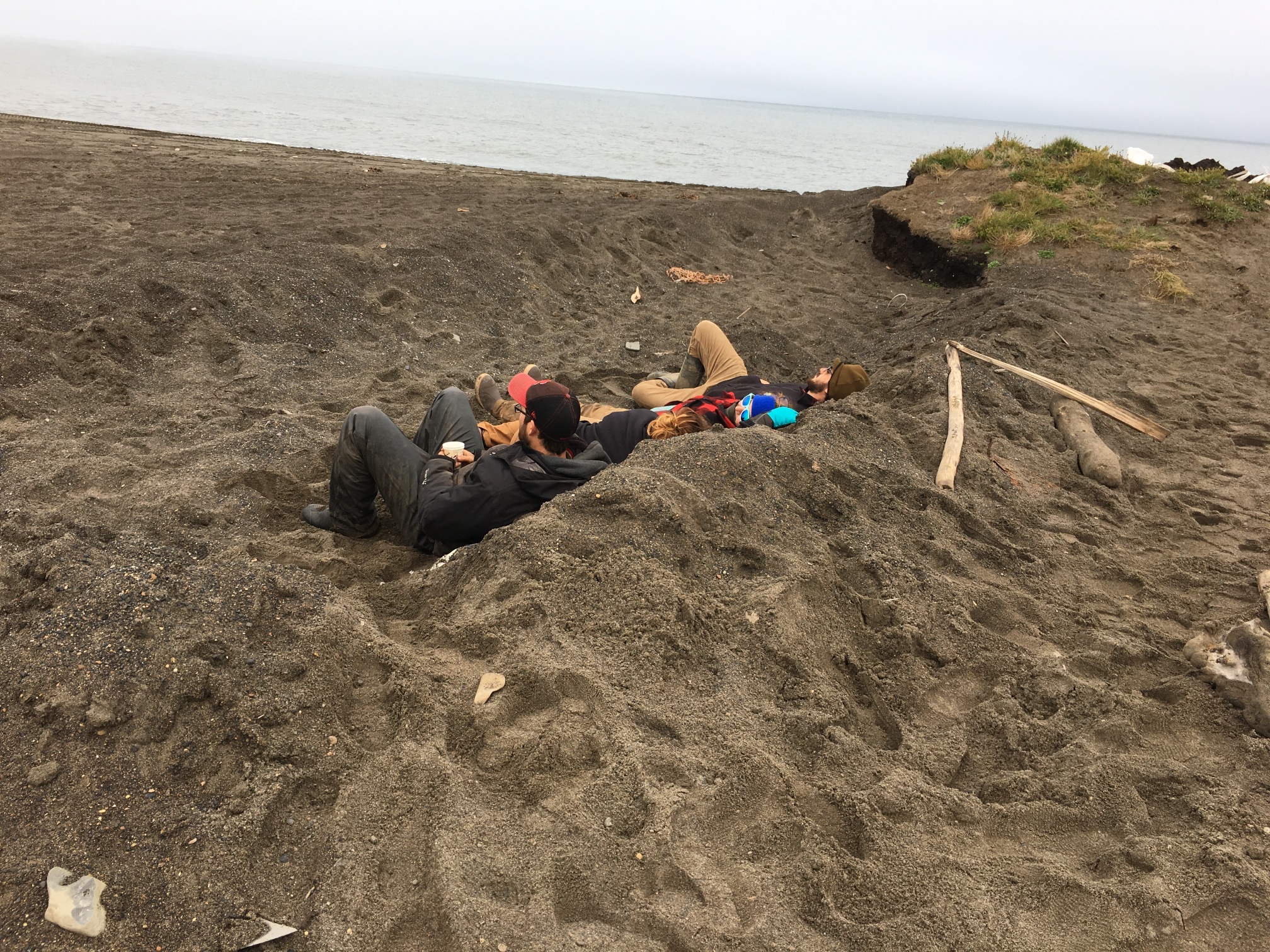
The boat had to make two trips, so we sent 3 people up with the first load, and then 3 more with the second. I drove the ATV & Tubby back to town, so I was the last one in. I left before the boat, but Doctor Island is pretty fast, and I was riding into a north wind and kept meeting people and stopping to chat, so they beat me home.
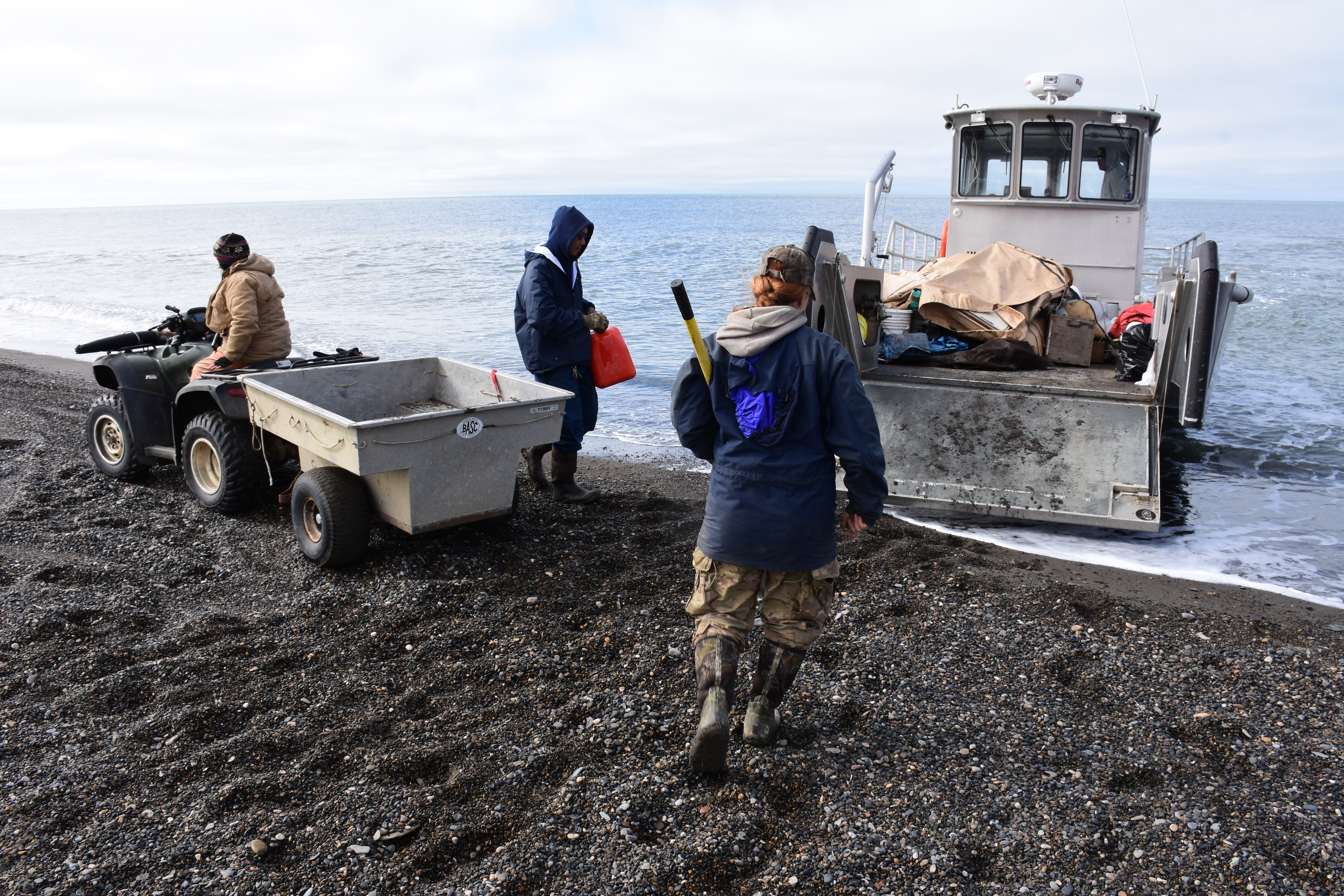

Our first day back was the last day of the UIC Science Fair, and the archaeology lab was featured tour. Also I had a presentation scheduled. Everyone was really tired, but we managed to pull things together for a good tour, and in fact had visitors well past the scheduled end of tours. The presentation was well attended.
As I write this, another early storm with winds from the West is brewing, with predictions of coastal erosion.
Almost the entire crew has made it out to the site. Some of them went down in the morning and set up a lot of things. Half of them came back and took some more people and gear down, and should be heading back soon.
Meanwhile back in town Katrina Watson got the electronics packed up and into the yellow shed, while I got both lab computers back on the network, connected them to the project dropbox and put all the necessary files on them. I reviewed the workflow with Katrina, who will be cycling in and of town, since she’s from here and her family and kids are here for the summer. That means she can provide a bit of continuity for the lab.
I’m going down in the morning. Since the wind is supposed to stay east for a few days, we hope a boat can go down on Monday and bring most of the rest of the heavy stuff (chairs, wood for tables) and more delicate things (cameras, computers, transit) down.
The crew asked for some board games. I posted on Facebook to see if anyone in town had any they weren’t using anymore, and in about 2 minutes, Doe Doe Edwardsen said she had 5 we could use. She even had them delivered! Quyanaqpak Edwardsen family!
One of our international volunteers is coming a bit later. She is currently working somewhere without internet, so she’s been communicating as she can. When I got her itinerary, it became clear she’s going to have to overnight in Anchorage both ways. Back to Facebook, and within a few minutes archaeologist friends Monty Rogers and Katie Meyers had offered to put her up.
Most of the archaeology crew are volunteers, and others are putting in a lot of volunteer time on top of what is paid. Not everyone can take time and go into the field. But we can’t do it without help, and the people like Doe Doe and Monte chipping in make this salvage possible. The true Alaska spirit. We appreciate every bit of help.
We have been getting gear ready for days. The next challenge is to get it (and ourselves) to the field. The weather and equipment have not been cooperating. The shore fast ice is just really melting this week, so we hadn’t been able to take anything down before. Then the wind changed to the west, leading to one helicopter-assisted rescue in front of my house and ice against the shore. We staged gear in the “yellow shed” (a small warehouse shared by archaeology and the ARM program) and we waited. Yesterday, the wind went east for a bit and pushed the ice off the beach, so we rushed to load the UIC Science boat Crescent Island and sent heavy, durable & waterproof things down to the site. Four of the crew went along and they and the two UICS logistics staff who were running the boat put the stuff in a secure spot and headed home just as the wind changed back. They made it before the ice came back in.



Today, the wind wasn’t as strong as predicted, so Kaare and a bunch of the crew were going to head down with a little more gear, set up tents, and Ben Fitzhugh, Garrett Knudsen, Zac Peterson & Katie Daniels were going to stay and start stripping sod. We packed up after lunch, but various ATVs decided to not behave (one only wanted to run well in reverse) so it took a while.

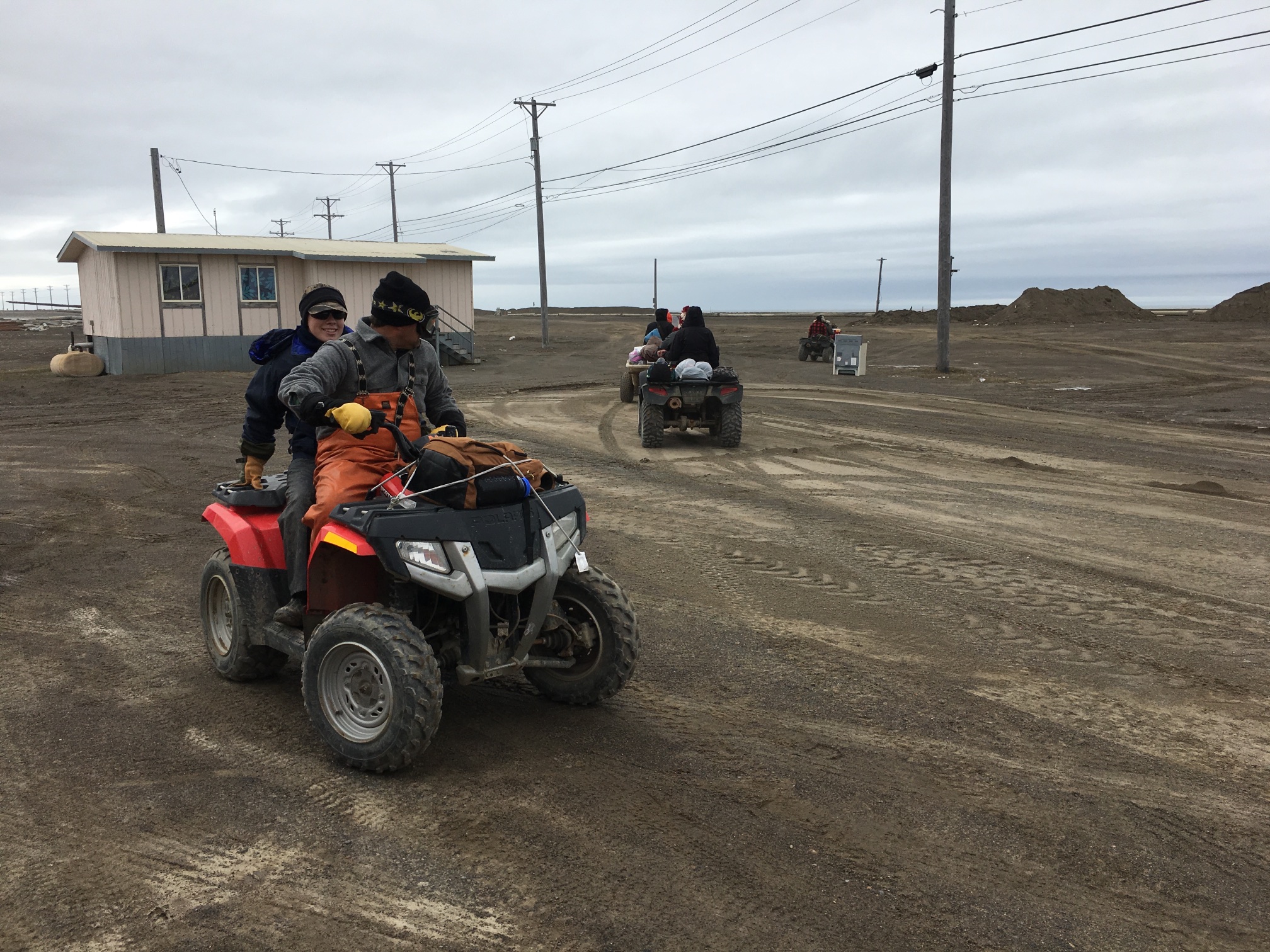
By the time they got to Nunavak it was pretty late, and the stream was still really deep to cross, but it was draining, so they came home and will try again tomorrow. We may try to do two trips to get more folks down, but there will be one more boat trip Sunday or Monday, so some folks will go down that way.
Meanwhile, I had discovered that the newly-returned batteries for the transit were really not in as good shape as the tests at the surveying equipment shop indicated. I spent some time chasing down replacement batteries. In the end, GPS Alaska had a charger for the new batteries in stock, could order me new batteries, and had two that they use which they are renting to us at a very low price until our come in and get shipped to us. My boss is in Anchorage and going to fly his plane up, so he was able to pick them up and bring them along. All the other stuff is in decent shape, so we should be able to work and record what we are doing.
Things have been so busy with getting gear for the project ready and a couple of contract projects that I really haven’t had time to get my own stuff packed. I had ordered everything that I can’t get here it Utqiaġvik, but actual packing, not so much. The weather had been beautiful.
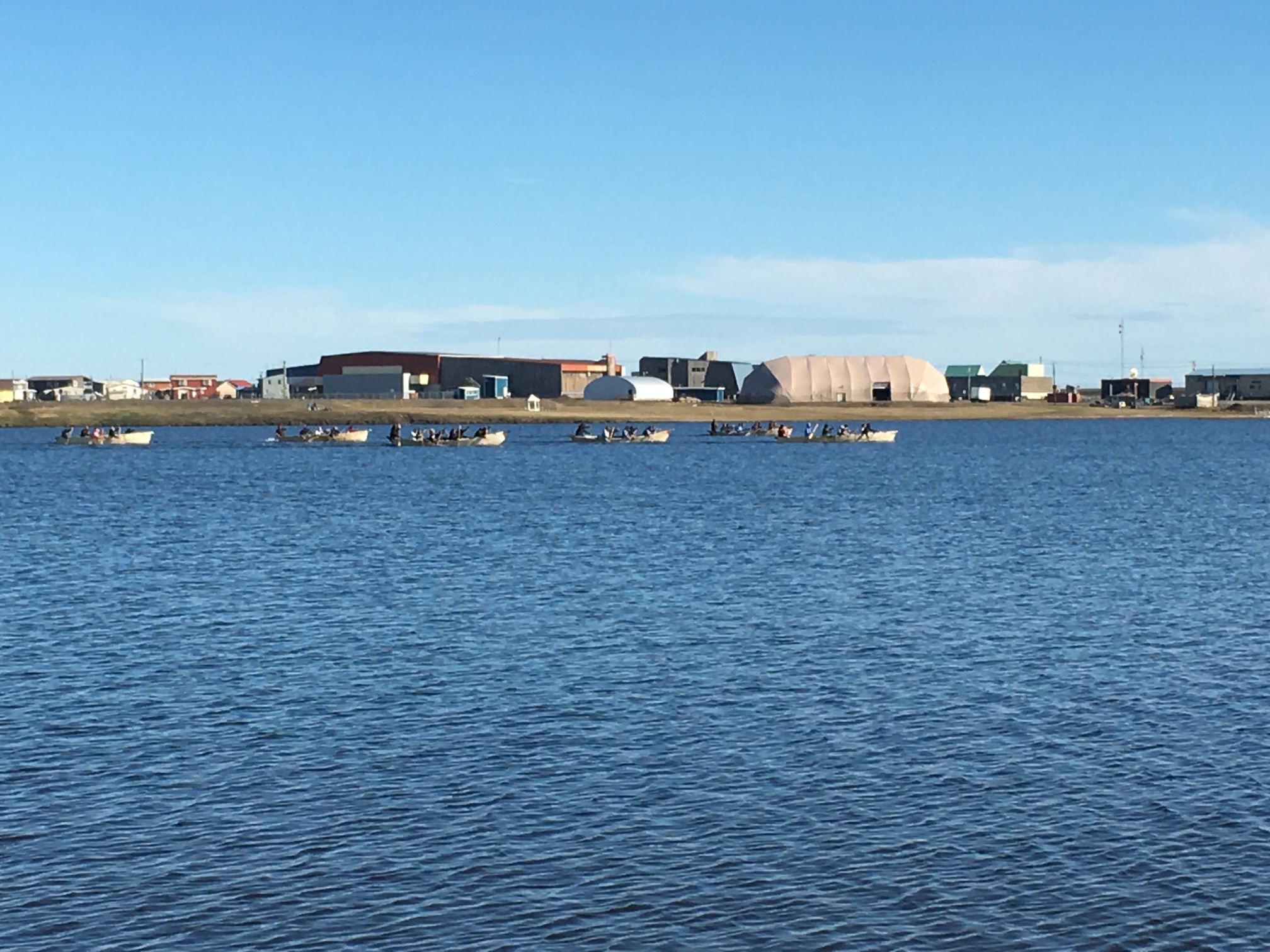
We went to the parade, which was quite long, with the usual fire apparatus, SAR, and local businesses, as well as a just married couple, and an entire fleet of cabs.

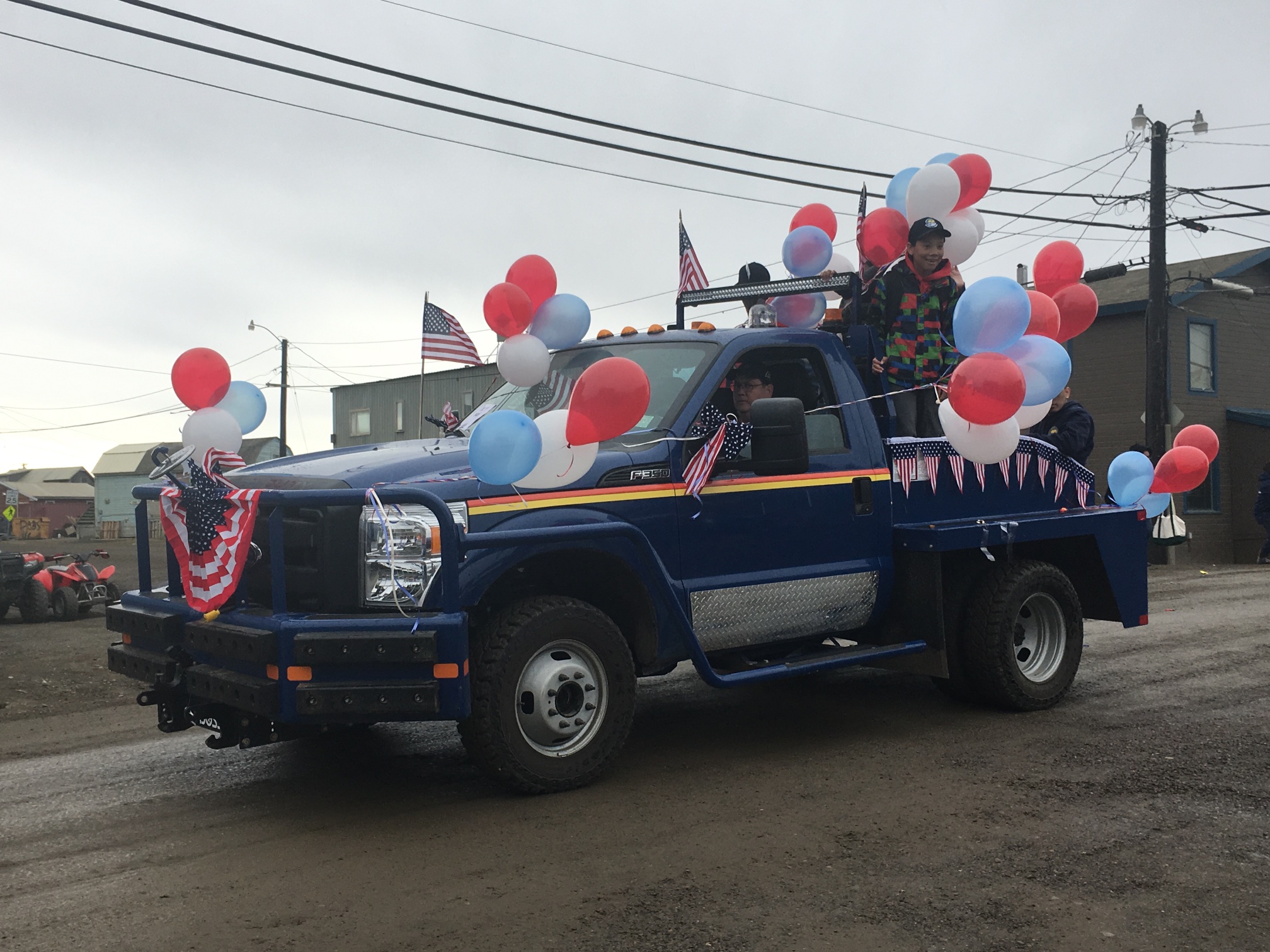
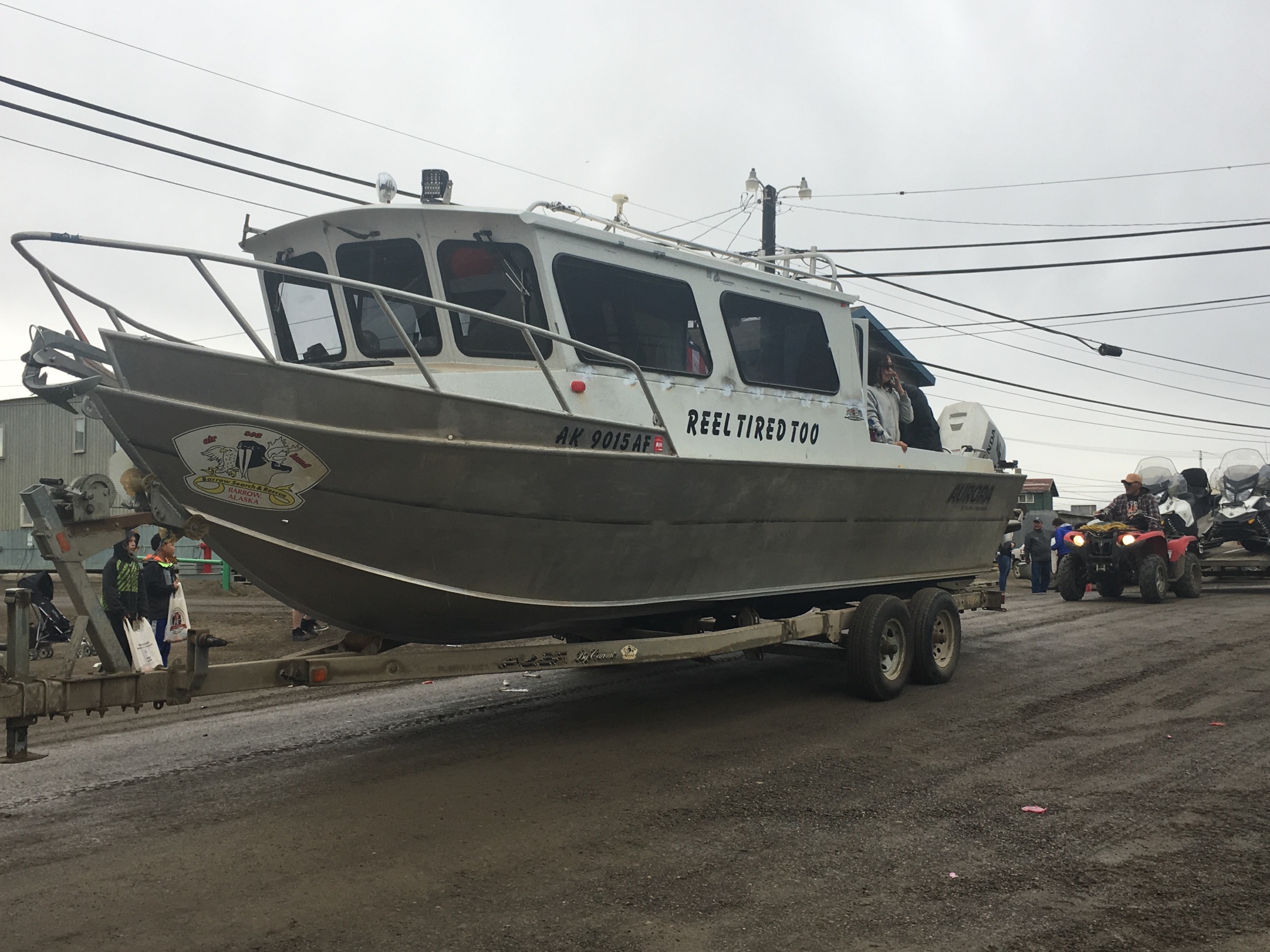

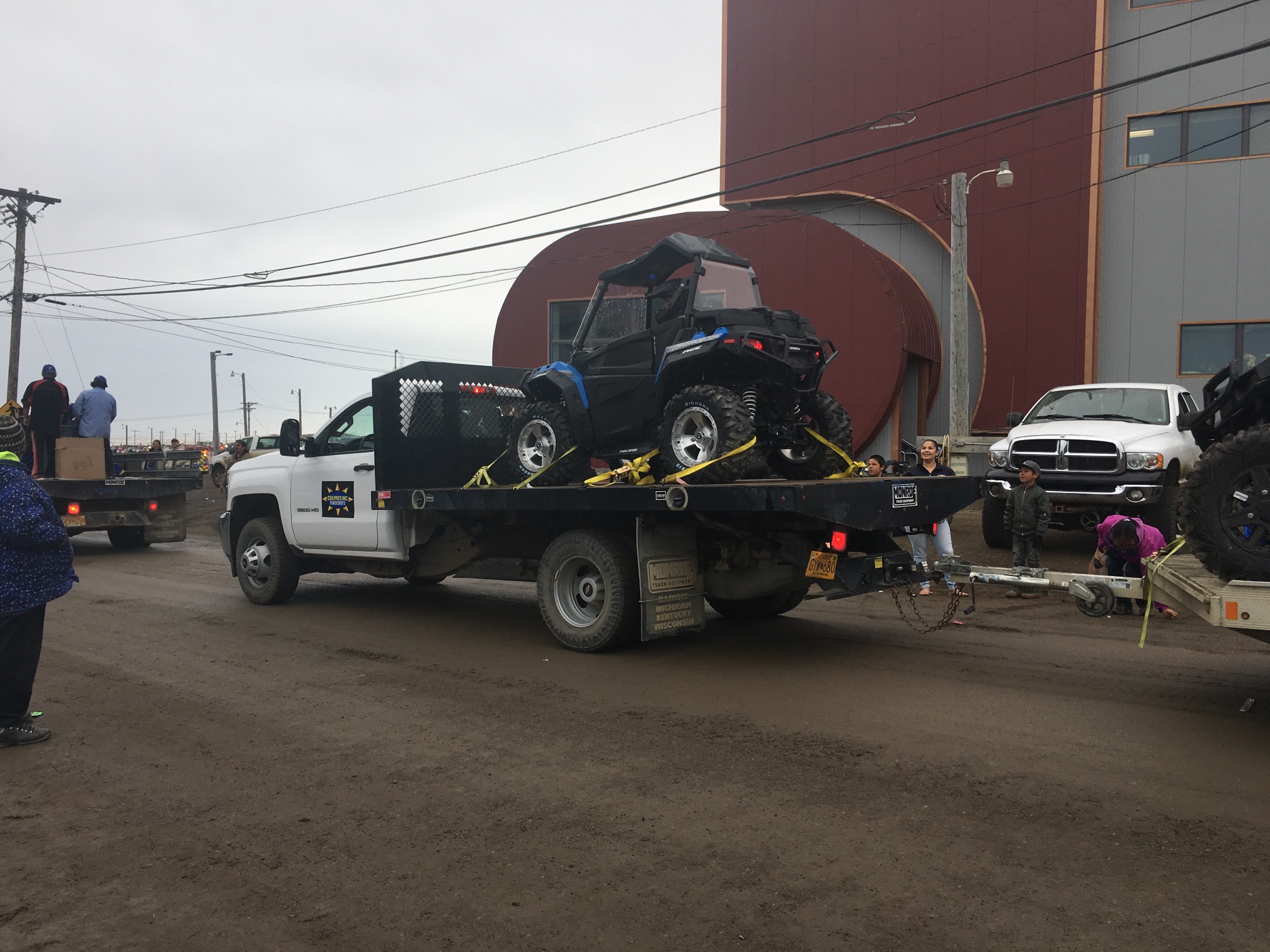



I was going to take the whole day off and go to the games, but it kept raining, they moved the contests to Ipalook, and there weren’t nearly as many food booths as usual.
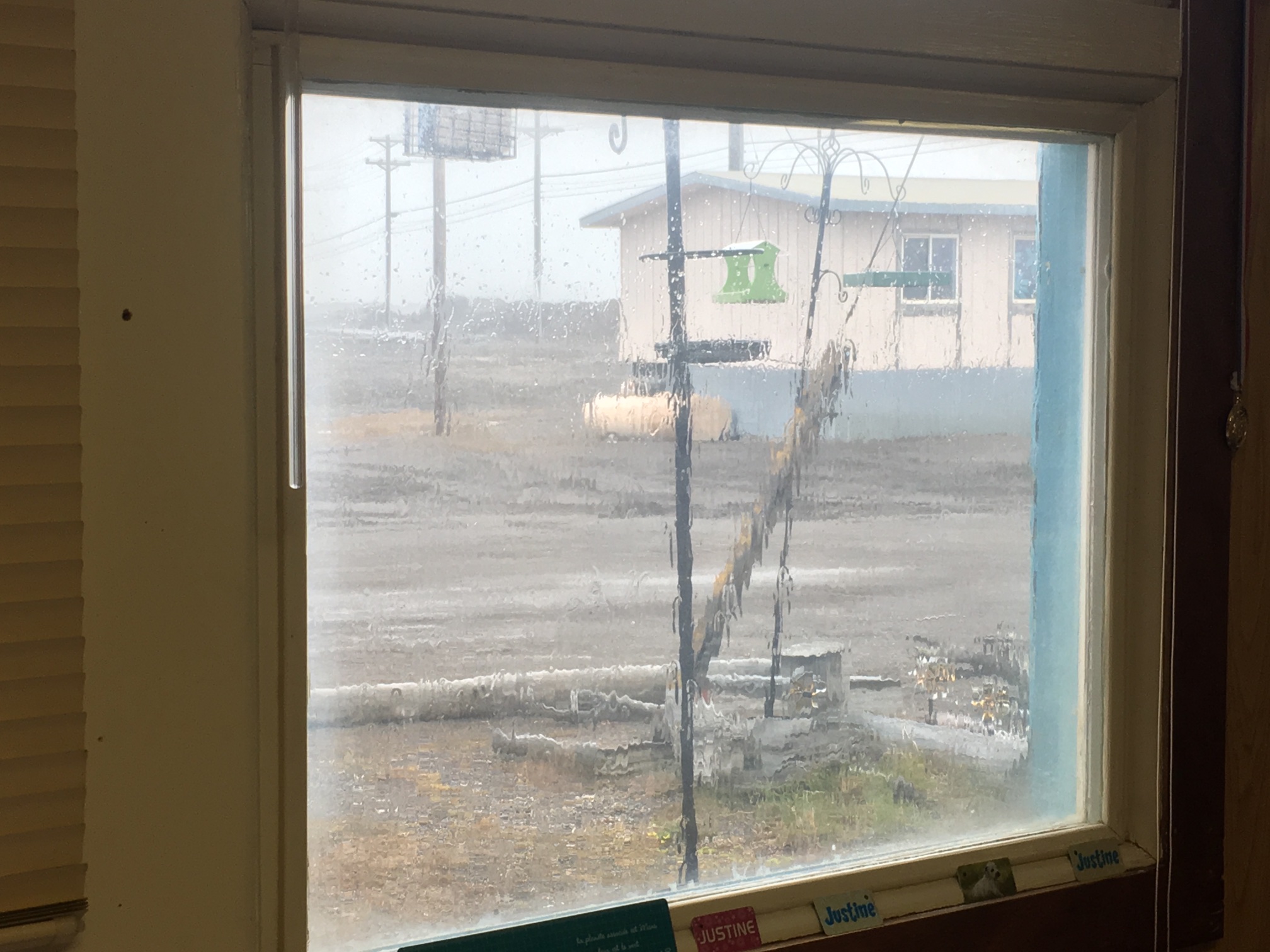
So I decided to pack. My husband, who also has a PhD in anthropology and did field archaeology for many years (he now manages the Community Health Aid program for the North Slope Borough) was available to help, so that was a bonus! We managed to get almost everything, except what I am still using, into two dry bags, a duffle bag and my day pack. That includes all my personal gear (including tent and a very plush sleeping pad due to my twice-fused spine) plus some personally owned electronics we’ll be using, and a couple of extra things in case someone’s gear isn’t quite up to snuff.
